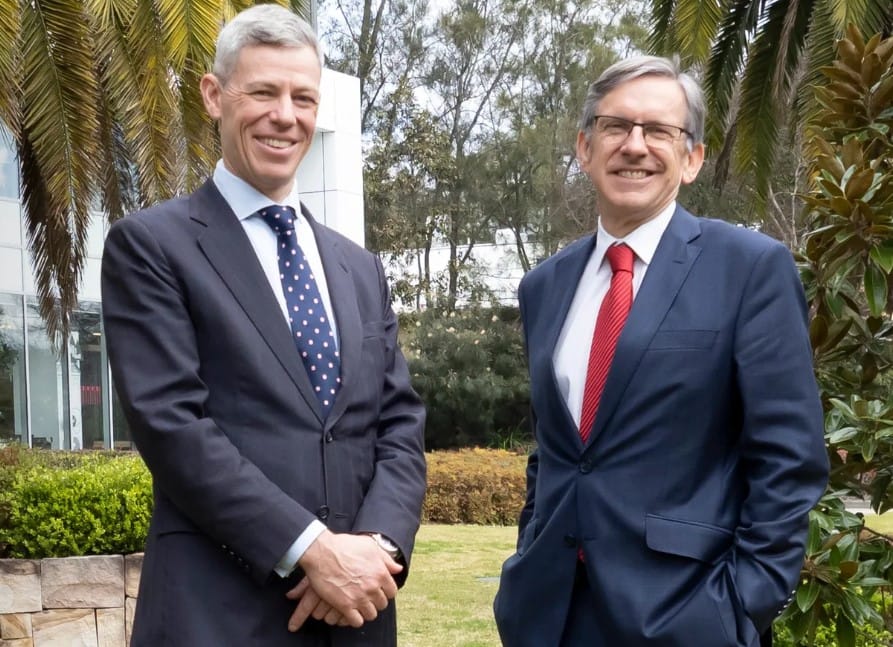BaptistCare would be $42.4M in red in FY23 but for asset valuations from Baptistcare WA merger
The Not For Profit’s CEO Charles Moore said its FY23 financial result “reflects the continued underlying challenges in aged care” with its NSW and ACT operations recording a $19 million deficit. “Whilst the merger and acquisition accounting...

The Not For Profit’s CEO Charles Moore said its FY23 financial result “reflects the continued underlying challenges in aged care” with its NSW and ACT operations recording a $19 million deficit.
“Whilst the merger and acquisition accounting is a significant one-off benefit, we feel confident that the tide is turning, with better occupancy, the new AN-ACC funding improving the viability of residential aged care, COVID-19 reimbursements flowing through and efficiencies we had forecast related to the merger with WA,” Charles (pictured left with Chair Robert Dunn) said.
The provider is also expanding its home care provision with plans to expand in the areas of Ballina, Orange, and Port Macquarie, together with several locations in Western Australia in the coming financial year. Occupancy was 95% in its NSW and ACT aged care homes and greater than 97% in Western Australia (WA). BaptistCare merged with Baptistcare WA in March to form a new national organisation with 33 aged care facilities, 25 retirement villages, and 9,000 home care customers. BaptistCare recorded a surplus income of $49.4 million for FY23, due to recognition of the WA asset values arising from the merger with Baptistcare WA. Without it, Charles said it would have had a deficit of $42.4 million.
“This reflects the continued underlying challenges in aged care during FY23 stemming from operational expenses associated with COVID-19, oncosts, low occupancy in residential aged care, and the extensive use of agency to ensure we have sufficient staff on the ground,” he said. “In addition, the result includes a significant capital gain liability recognition of $22.5 million relating to our retirement living portfolio, the accrual of additional leave liabilities due to the Fair Work Commission’s Work Value Case as well as our continued investment in technology projects.”





